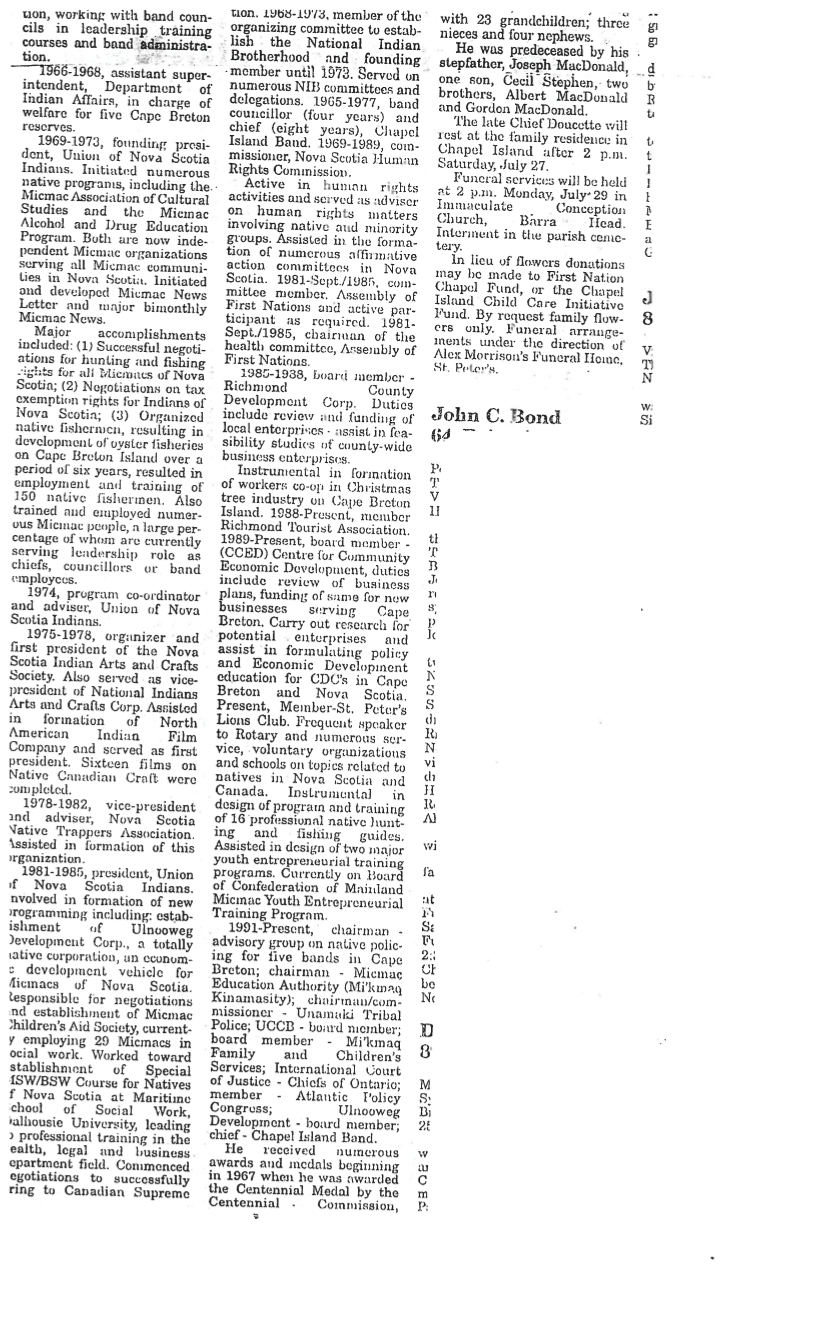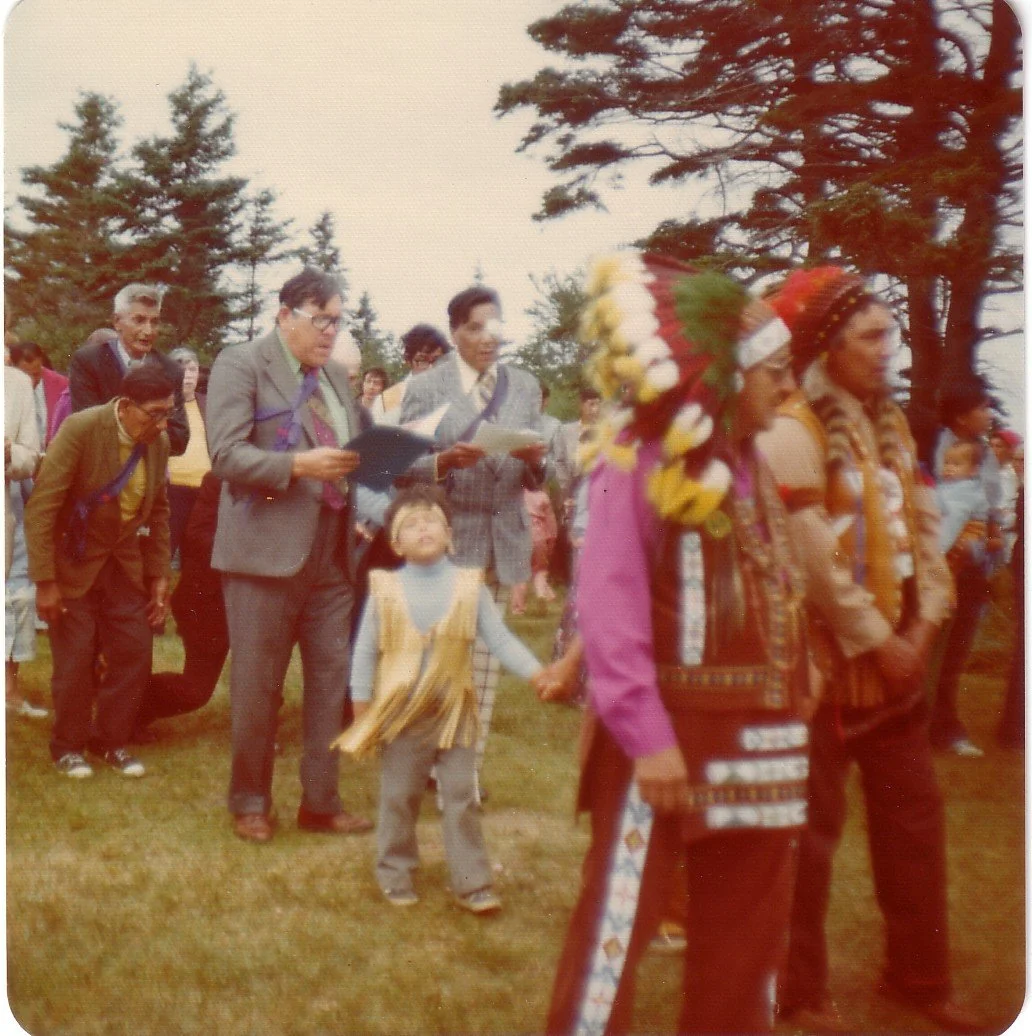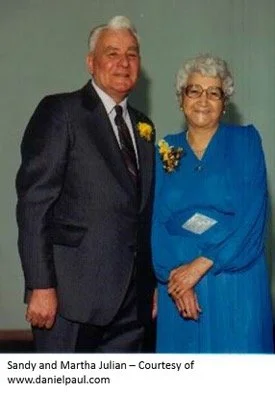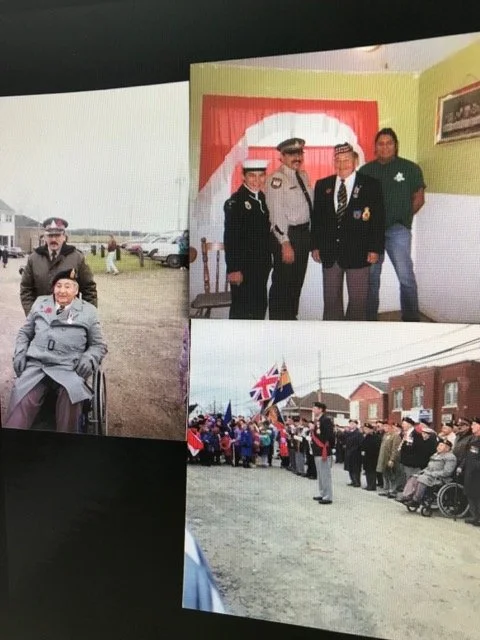Interview Details
The Mi'kmaq of Nova Scotia Archives Collection - Curated by Dr. Trudy Sable
In reference to the ‘Micmac Traditional Dancers with Peggy Thayer’ video
Short History of the Micmac (Mi’kmaw) Traditional Dancers
Mi’kmaw Native Friendship Centre, Halifax, Nova Scotia
Written by Tammy Morris-Williams
The Mi’kmaw Native Friendship Centre’s Dance group began as a small project to commemorate the Centre’s anniversary (unknown date), when then Director, Gordon King asked Vivian Basque to find funding to create some regalia for a cultural event. Funded by the Department of Tourism the program started with a tiny budget, a group of volunteers, and Mi’kmaw designers. Moccassins were designed by Becky Julian, and the regalia were designed by Theresa McVee.
The dance group went through multiple evolutions over the years. Neighbouring community members joined the dancers and learned the traditional songs and dances of the MI’kmaq. In the early 90’s the group was led by Peggy Thayer, and then Tammy Morris-Williams. It was then led by Rosie Sylliboy and Theresa Morris, and when youth dancer Francis Palliser grew up, she continued the group’s activities. Throughout the mid-90’s and early 00’s the dance group dissolved and rejoined several times as funding came and went. The Mi’kmaw Child Development Centre took on the programming for several years as well.
The dance group has led to multiple program off-shoots such as the Pewei Nation Theatre, Kitpu Youth Group, Cultural workshops, Women are the Medicine, and more. The original dancers reconnect at powwows and gatherings and are now teaching the younger generations their songs and dances and the stories that go with them.
In reference to the ‘Daniel N. Paul interview (Transcribed)'
Book Review: Daniel Paul
Book review:
“We Were Not the Savages” …is a unique, in chronological scope and in the story it tells, covering the last three centuries of Mi’kmaq history in detail. Prior to the appearance of this book it was common for historians to downplay or even deny the violence inflicted on the Mi’kmaq people by European and Euro-American colonizers. This work, more than any other piece of scholarly production, has headed off that consensus at a pass. Scalp-bounty policies are now recognized as a historical problem worthy of investigation.
The book will also be of particular interest to readers in the United States for a variety of reasons. First, the early history of colonization in the Maritimes is closely tied to the history of the colonies that became the United States, and as late as the 1750s New England’s political leaders played a prominent role in directing the course of colonial affairs on Cape Breton Island and Nova Scotia. Our understanding of New England is diminished, if we neglect its broader sphere of influence. Second, the chapters on the nineteenth and twentieth centuries provide a detailed and much needed basis of comparison for anyone seeking to understand the similarities and contrasts between the U.S. and Canada on questions of “Indian Affairs”. And finally, it is important to recognize that we have far too few histories written by Native American authors – very few indeed that cover as extensive a time span as this book does.
– Geoffrey Plank, Associate Professor of History, University of Cincinnati. December 7, 2000
Peter Robinson shared photos during his interview
-
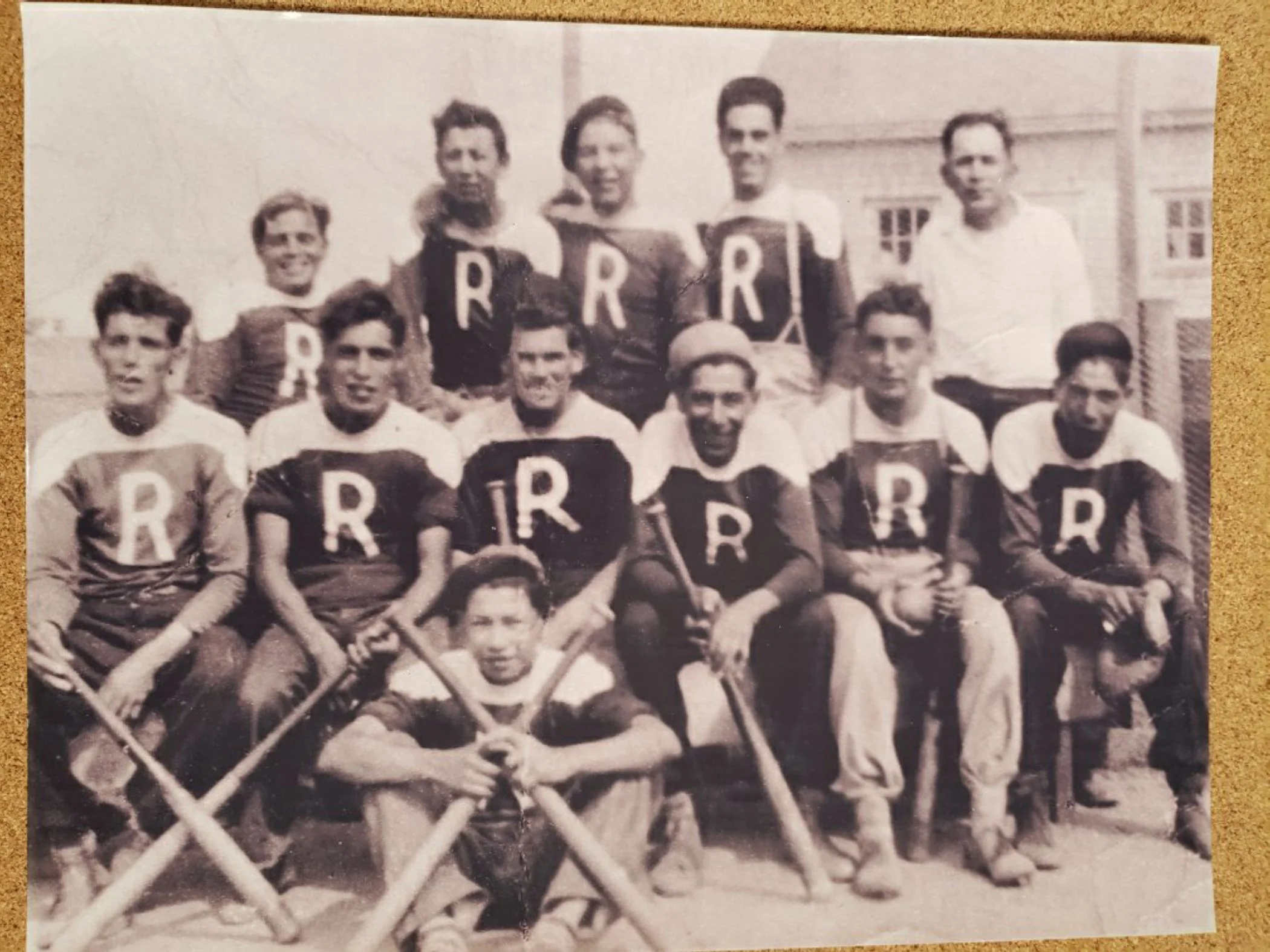
Ball team from Indian Brook, back when it was called Micmac Reserve
-
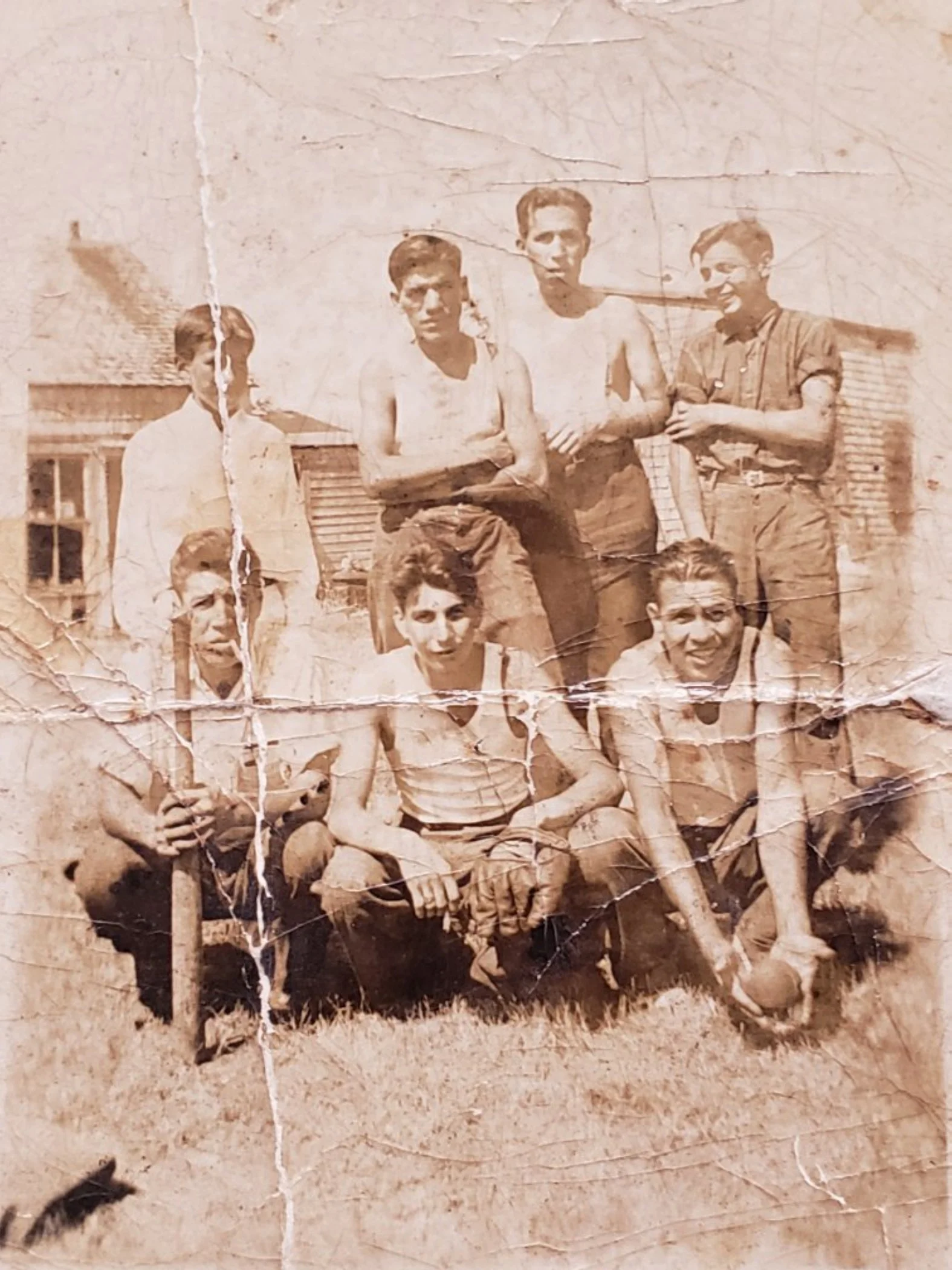
Back row (L to R): Joe Meuse, John Pictou, George Hood, Peter Robinson.
Front row (L to R): Andrew Paul, Joe Peters, Ben Sack
-
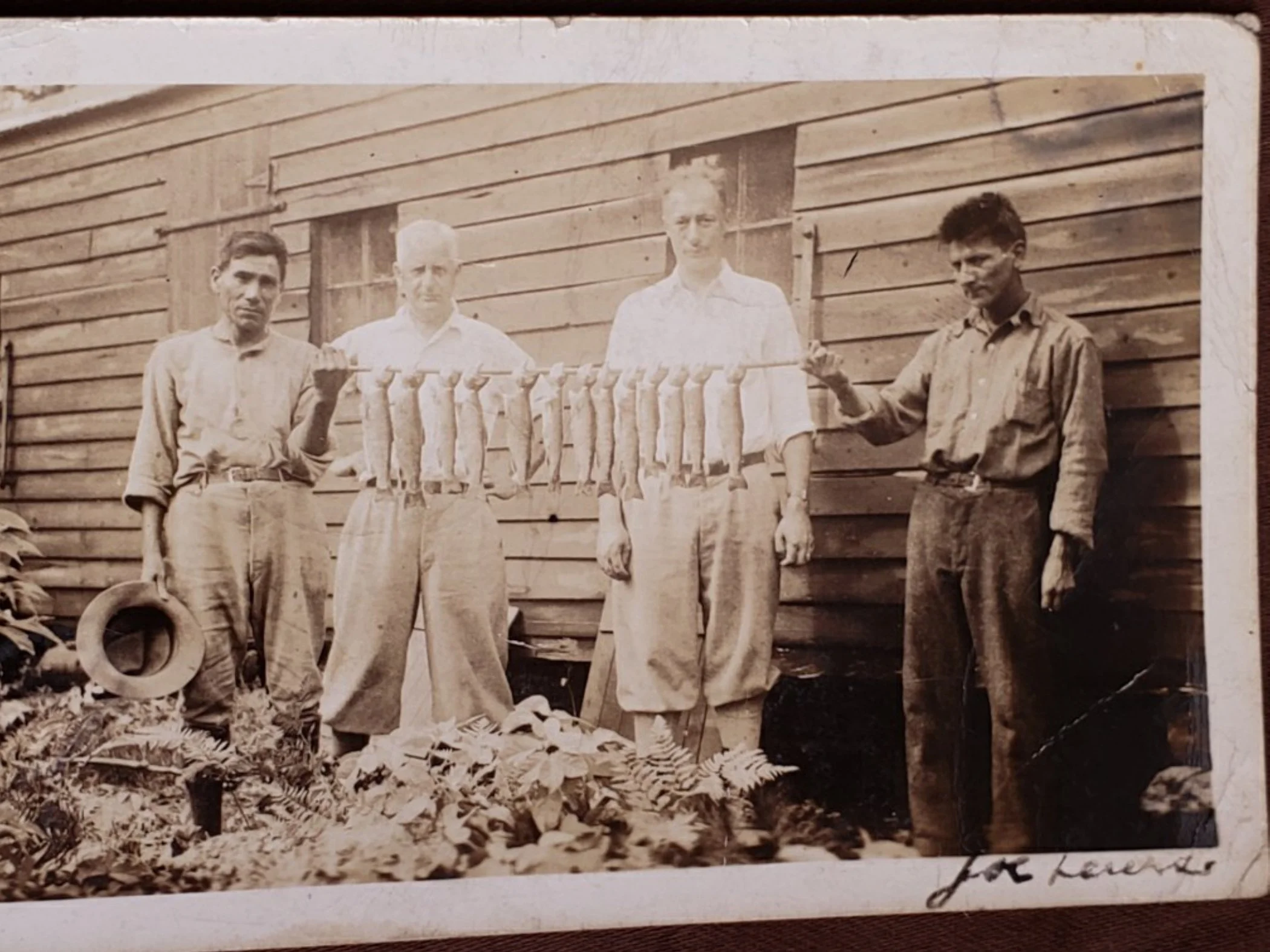
Sam Labrador and Joe Lewis (guides) with two New England sports fisher
-
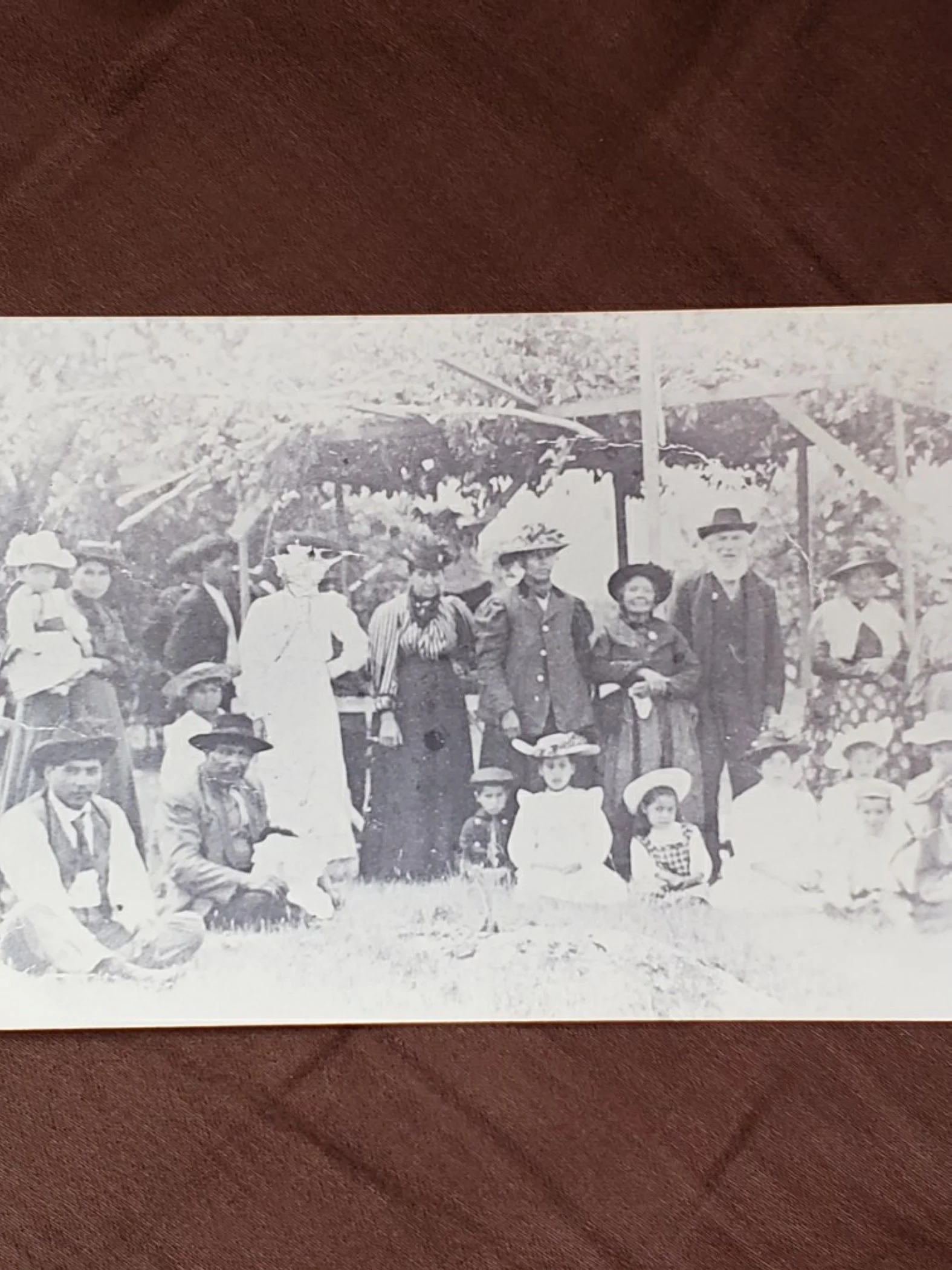
Mass House in Indian Brook in front of Chief’s gravesite with unknown priest, (maybe Father Luke? mentioned in interview with Peter)
-
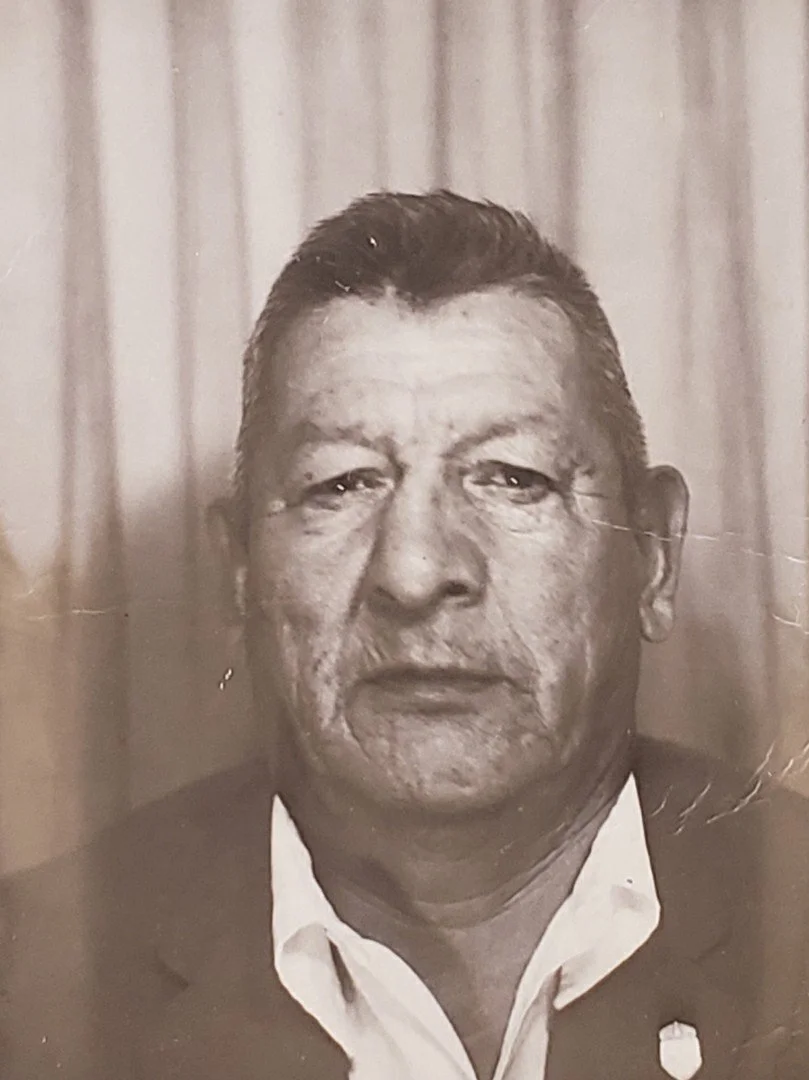
Joe Lewis; Mi’kmaw Guide, Veteran of WW2 & Korean War
-
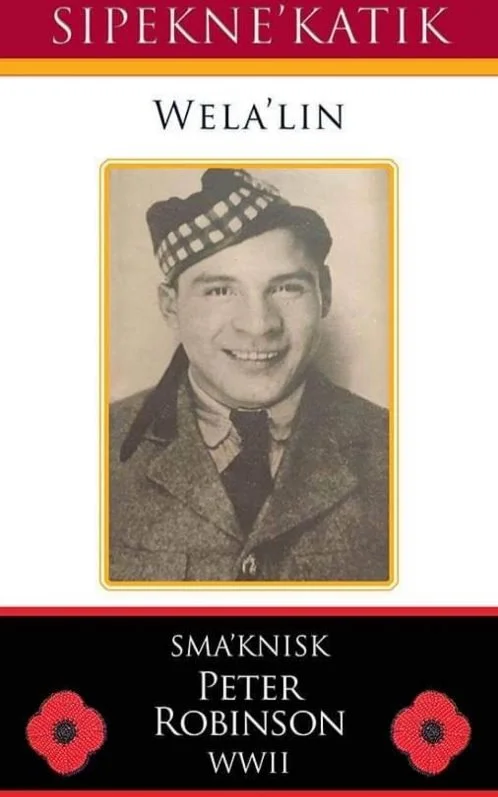
Peter Robinson in uniform.
-

Mary Ellen Robinson, Peter’s Wife
-

Peter Robinson
-
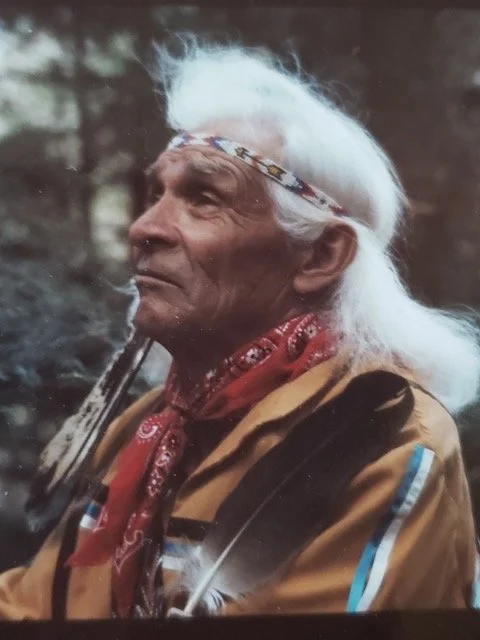
Peter Robinson
Late Chief Noel Doucette of Potlotek
In reference to ‘Joey Gould’s interview’
Provided by Kenny Prosper
This Picture is probably from the 1970s, and is of the Elders’ choir in the Chapel Island Procession. The picture includes Noel (Gubble) Stevens (born in 1910)— wearing sneakers and a blue sash, Noel P Denny behind him, Wilfred J Prosper and beside my dad is Martin Dennis (my dad’s cousin in plaid). In the headdress, on the left, is Paul Stevens(purple shirt) and Noel R Denny.
Joey Gould Biography
(March 11,1953 – June 18, 2004)
Born on March 11, 1953, Joey Gould was raised in We’koqma’q First Nation, alongside his 10 other brothers and sisters. Passing on June 18, 2004, Joey touched many hearts and found a passion in being a traditional language speaker, making a name for himself with his storytelling and enthusiasm for music. The late Joey Gould was a Mi’kmaw singer/songwriter who was the first person to put Mi’kmaw traditional songs to guitar instead of using the traditional drum (modernizing the musical genre) and helped to preserve the Mi’kmaw language as he reached more people through his performances and sharing with family and friends. Many considered Joey Gould to be a Mi’kmaw music icon for his legacy in the music industry.
(Compiled by Tammy Williams)
Roddy Gould, Joey Gould’s brother
In reference to ‘Sandy Julien interview’
In reference to ‘Joseph Levi Sylliboy interview’
In reference to ‘Margaret Johnson Session - Basketmaking Techniques and Terminology’
The Mi'kmaq of Nova Scotia Archives Collection - Curated by Dr. Trudy Sable Margaret Johnson Session – Basketmaking Techniques and Terminology
Translated and Transliterated into the Smith/Francis orthography by Kenny Prosper
Elqnatekapi’l – bottom of the basket splints
Lisknuaqann – basket splints that you weave around
Astua’tu’n – where the basket splints overlap or overlay
Lokwistaqn – basket hoop
Laqpa’taqan – binder you use to bind the basket hoop
Apjun – handle
Elaqpa’tu’n – you are binding it
Lipkete’knapi – a basket splint
Jikijij – fancy periwinkle on the basket (there are 4 kinds you can put on the basket)
Kmu’ji’japi – white maple
Aqimoq – White Ash
Wisqoq – Black Ash
Tel pase’k kutey samqwaluk – it is the thickness of a butter knife
Waqa’qnikn – crooked knife
Lapeso’qn – gauge or tool to cut splints into different widths
Wejipkete’t – test the strip of the bark, testing grain to see if the wood is suitable for splints
Kaqjet – some wood in between has a burnt brown stuff and you can’t shave or split it because it will break (grows within the grain)
Mikutaqn or mikutawemkewey – draw knife
Mikutawemk – the act of cutting the shavings off to prepare the wood or plank to make sure it is even on both sides
Pepkikuat – grain is so close (thin) that you can’t shave, it’s brittle
Kakikk – brittle; breaks easily


